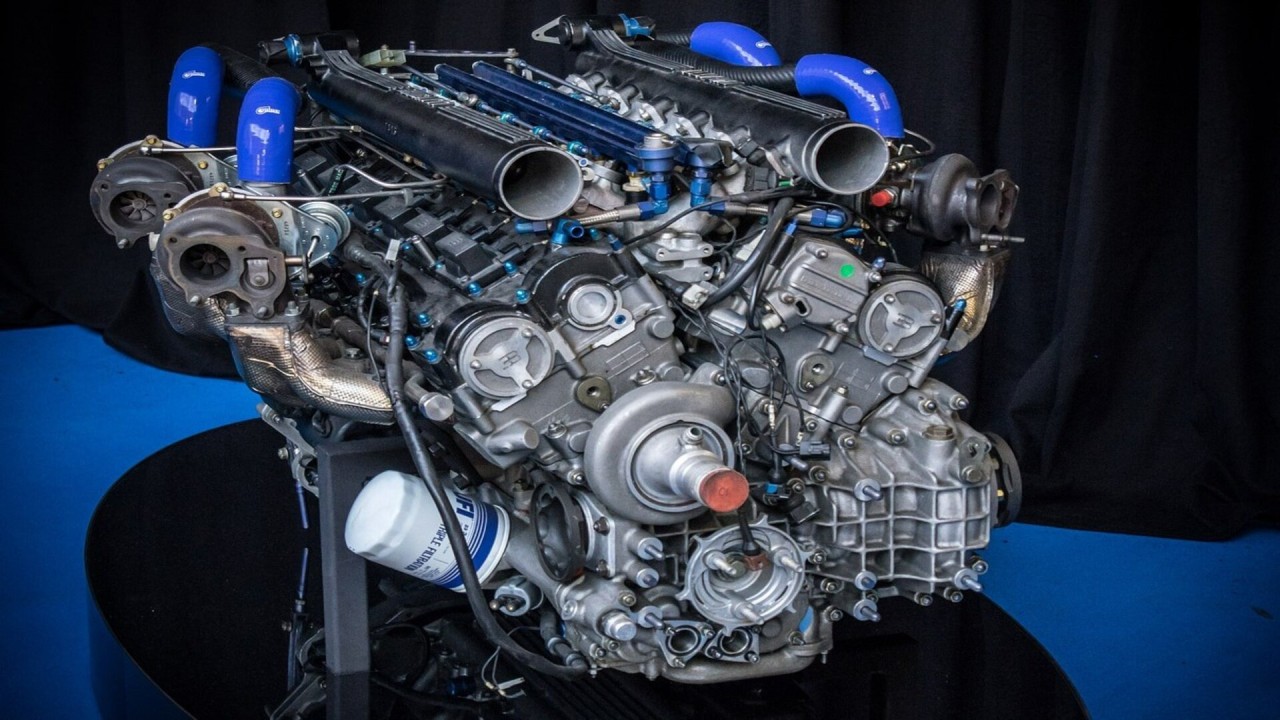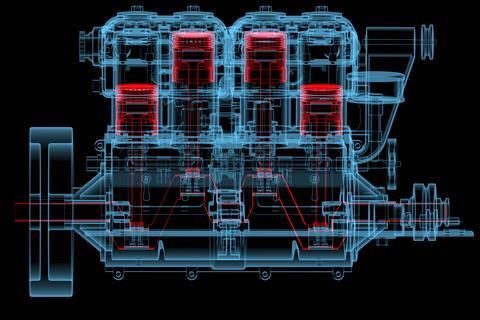Your Go-To Automobile Components Store for Engines for Africa and A lot more
Your Go-To Automobile Components Store for Engines for Africa and A lot more
Blog Article
The Pursuit for Ultimate Driving Power: Checking Out the Peak of Engine Performance and Technological Breakthroughs in the Automotive Sector
In the world of automotive engineering, the quest of optimum driving power has actually been a ruthless mission that has actually unfolded with the advancement of engine style and the assimilation of innovative modern technologies. From the precise workmanship of combustion engines to the fast developments in electrical propulsion systems, the auto sector stands at the cusp of a new era defined by unprecedented efficiency capacities.
Development of Engine Layout

Furthermore, the combination of turbocharging and turbo charging technologies has revolutionized engine style by boosting power without dramatically increasing engine size. These forced induction systems press the consumption air, enabling more gas to be ignited, consequently creating greater power outcome from a smaller sized engine. This development has been particularly vital in boosting the efficiency of smaller displacement engines while maintaining fuel performance standards.

Performance-Enhancing Gas Technologies
The execution of advanced gas technologies has actually significantly added to boosting engine efficiency in modern-day automobiles. From typical fuel and diesel to cutting-edge biofuels, artificial fuels, and hydrogen, the automobile industry is witnessing a revolution in gas alternatives. Biofuels, stemmed from renewable sources like corn, sugarcane, or algae, deal boosted and lowered exhausts engine effectiveness. Synthetic fuels, generated with chemical procedures, give high octane rankings, enhancing power output. Hydrogen gas cells, although still in the early stages of fostering, show terrific guarantee due to their zero-emission nature and possibility for high performance. In addition, gas additives and detergents are being developed to clean engine parts, enhance burning, and decrease friction, consequently increasing total automobile efficiency. With ongoing study and advancement, the pursuit for the utmost driving power continues, as designers make every effort to unlock the complete potential of performance-enhancing gas technologies in the auto market.
Improvements in Electric Propulsion
Substantial strides in electrical propulsion technology have transformed the auto industry, paving the way for a new age of effective and lasting transport. Electric lorries (EVs) are obtaining appeal due to their environmental benefits and improvements in battery modern technology, making it possible for longer driving arrays and much shorter charging times. Suppliers are spending greatly in r & d to enhance the performance of electrical propulsion systems, concentrating on increasing power output, improving power performance, and reducing general weight.
One noteworthy development in electric propulsion is the development of innovative electric motors that supply higher torque and power density, leading to improved acceleration and total driving performance. Furthermore, regenerative braking systems have actually been fine-tuned to save and catch energy throughout deceleration, further enhancing the effectiveness of EVs.
Furthermore, the integration of clever innovations, such as man-made intelligence and predictive analytics, is maximizing the administration of electric propulsion systems, ensuring optimum performance under numerous driving conditions. These developments in electrical propulsion are reshaping the auto landscape, driving the market in the direction of a much more sustainable and electrified future.
Effect of Computational Fluid Characteristics
With advancements in electrical propulsion pushing the boundaries of auto innovation, the assimilation of Computational Fluid Characteristics is playing a pivotal function in enhancing aerodynamic performance and boosting overall effectiveness in lorry style. Computational Fluid Characteristics (CFD) involves using computer see it here system simulations to evaluate the circulation of air around a vehicle, enabling designers to forecast how style adjustments will affect aerodynamics without the demand for pricey physical prototypes. By precisely modeling air movement patterns, her response CFD enables the refinement of vehicle forms to lower drag, improve cooling, and improve security.
One trick benefit of utilizing CFD in car style is the capacity to repeat rapidly, checking out many design variations to recognize the most aerodynamically effective solutions. This iterative procedure causes lorries that are not just sleeker and extra aesthetically enticing yet additionally more ecologically friendly and fuel-efficient. CFD makes it possible for designers to maximize air movement around elements such as radiators, engine bays, and wheel wells, adding to improved efficiency and total driving experience. To conclude, the assimilation of Computational Liquid Dynamics represents a considerable action onward in the mission for utmost driving power and effectiveness in the automobile market.
Future Fads in Engine Advancement
In the dynamic landscape of automotive design, sophisticated advancements are forming the future trajectory of engine advancement. The future of engine design is noted by a strong focus on efficiency, efficiency, and sustainability. Makers are increasingly concentrating on developing engines that not just deliver high power results but additionally prioritize ecological responsibility by boosting and minimizing exhausts fuel performance.
One prominent pattern in engine innovation is the increase of electrification. Crossbreed and electric powertrains are acquiring grip as practical choices to traditional burning engines. These modern technologies provide the possibility for significant decreases in carbon exhausts and increased energy effectiveness, straightening with global efforts to battle climate modification.
Moreover, advancements in products scientific research and production techniques are allowing the manufacturing of lighter and much more long lasting engine components. This shift in the direction of light-weight products such as carbon fiber and aluminum alloys contributes to enhanced performance and fuel economic situation.
Conclusion
Finally, the quest of supreme driving power in the vehicle sector continues to drive innovations in engine layout, gas modern technologies, electrical propulsion, and computational liquid characteristics. The advancement of these technologies is forming the future of engine innovation, leading the means for extra efficient and effective lorries (engines for africa). As the sector proceeds to press the limits of what is possible, we can expect to see much more groundbreaking growths in the pursuit for peak efficiency
One of the crucial landmarks in engine style development is the transition from traditional carbureted engines to modern fuel-injected check my site systems. By specifically metering the gas shipment to each cylinder, fuel-injected engines optimize burning, resulting in far better performance and decreased ecological effect.
Moreover, the integration of turbocharging and turbo charging modern technologies has revolutionized engine layout by improving power without considerably enhancing engine dimension (engines for africa).The application of advanced gas innovations has substantially contributed to enhancing engine efficiency in contemporary vehicles. Furthermore, fuel ingredients and cleaning agents are being formulated to tidy engine elements, maximize combustion, and lower friction, thereby enhancing general lorry performance
Report this page